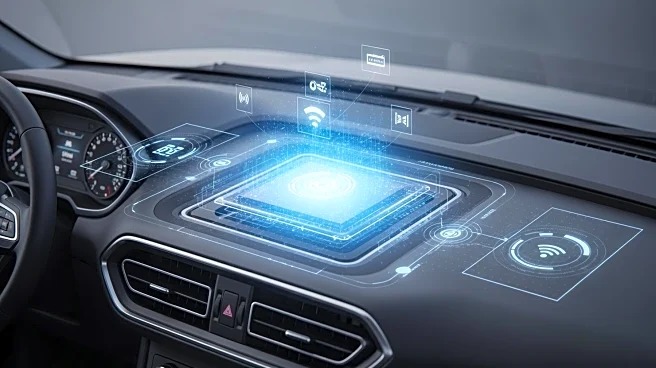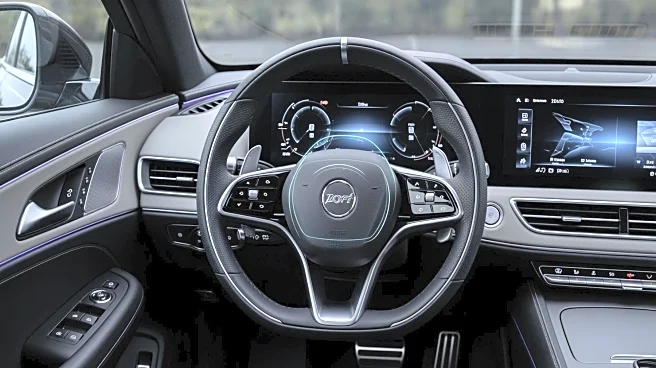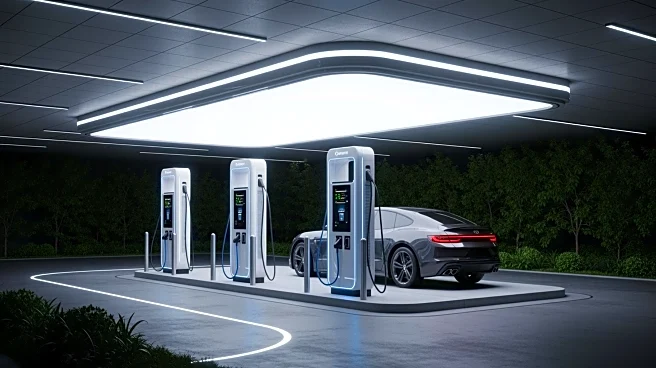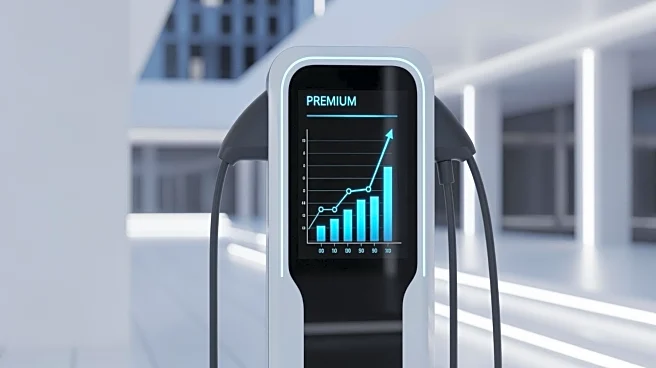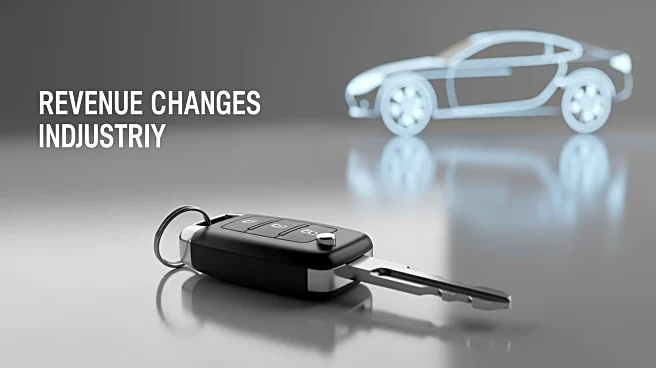What's Happening?
General Motors (GM) has announced the launch of a new centralized computing platform and next-generation electrical architecture for its vehicles, set to debut with the Cadillac Escalade IQ in 2028. This
new system consolidates numerous electronic control units into a unified computing core, which coordinates vehicle subsystems in real time. The design aims to simplify vehicle design, improve reliability, and enable faster software updates. The platform builds on GM's Vehicle Intelligence Platform, which was introduced in 2020 to facilitate secure over-the-air updates. The new architecture will support both electric and internal combustion vehicles, allowing innovations developed for one type to be scaled across GM's entire portfolio. The system is designed to provide 10 times more software updates and 1,000 times more bandwidth for connectivity, entertainment, and artificial intelligence workloads compared to previous systems.
Why It's Important?
The introduction of this centralized computing system represents a significant advancement in automotive technology, potentially setting a new standard for vehicle connectivity and efficiency. By consolidating control units and enabling real-time updates, GM is enhancing the reliability and functionality of its vehicles. This move could position GM as a leader in the automotive industry's shift towards more integrated and intelligent vehicle systems. The platform's ability to support both electric and internal combustion vehicles also reflects GM's commitment to flexibility and innovation in a rapidly evolving market. This development is likely to impact the automotive industry by accelerating the deployment of new features and maintaining high standards for safety and cybersecurity.
What's Next?
As GM prepares to roll out this new computing platform, the company will likely focus on ensuring seamless integration across its vehicle lineup. The first implementation in the Cadillac Escalade IQ in 2028 will serve as a critical test case for the system's capabilities. GM may also engage with suppliers and partners to optimize the platform's components and software. The automotive industry will be watching closely to see how this new architecture performs in real-world conditions and whether it can deliver on its promises of enhanced connectivity and efficiency. Additionally, competitors may respond by developing similar technologies to keep pace with GM's innovations.
